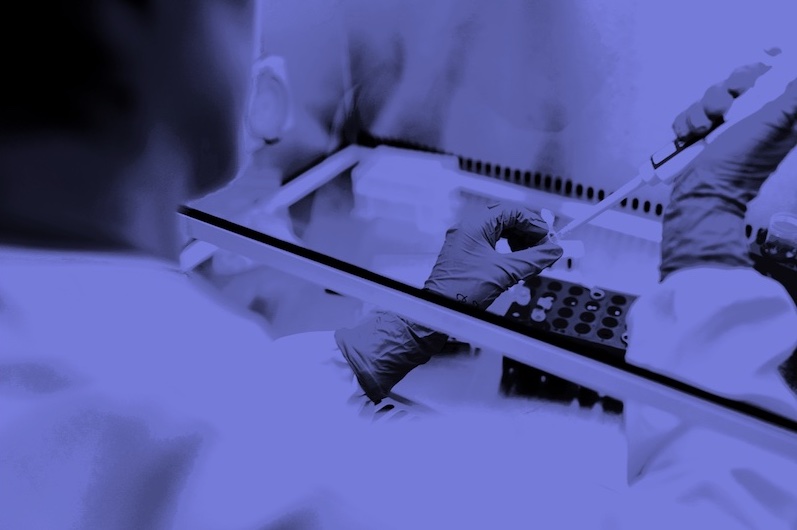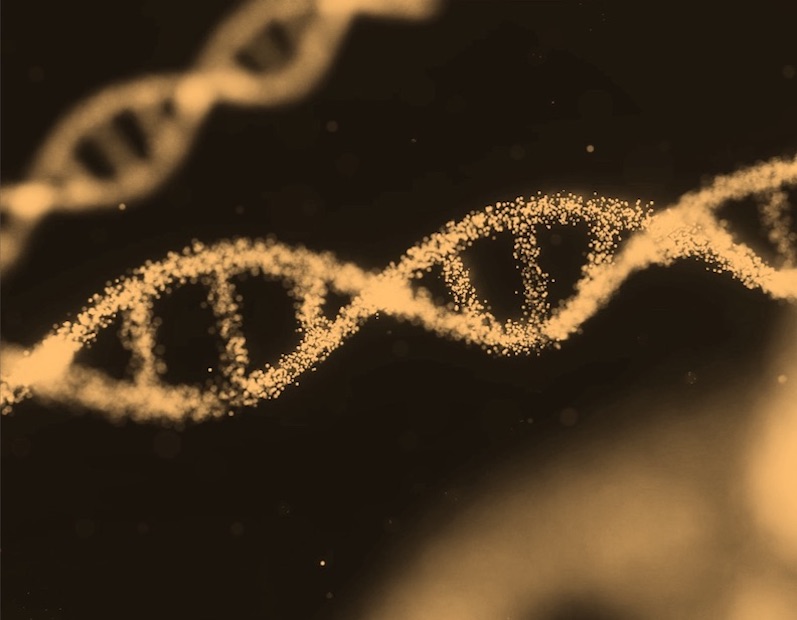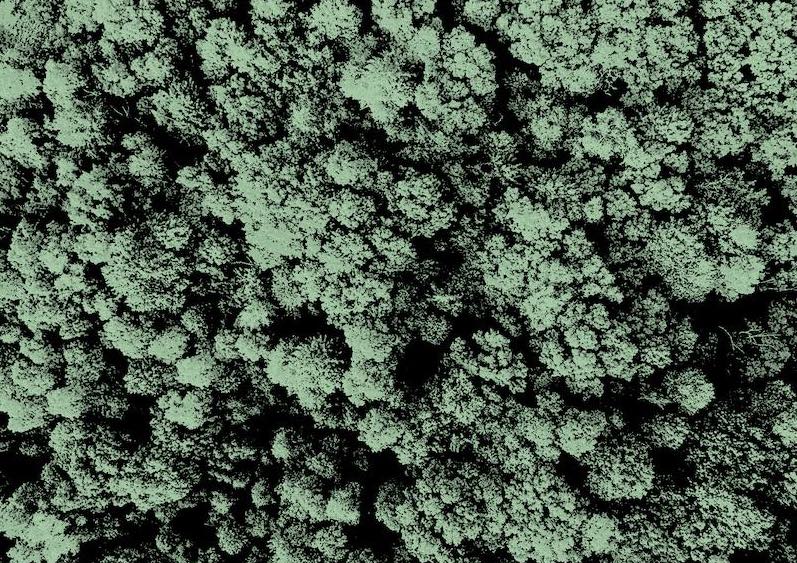What is it about?
Correlation between the structural/electronic structure properties and bio-activity of graphene-based materials need to be thoroughly evaluated before their commercial implementation in the health and environment precincts. To better investigate the local hybridization of sp2/sp3 orbitals of the functional groups of graphene-oxide (GO) and their execution in the antimicrobial mechanism, we exemplify the antibacterial activity of GO sheets towards the Escherichia coli bacteria (E. coli) by applying the field-emission scanning electron microscopy (FESEM), near edge X-ray absorption fine structure (NEXAFS) and scanning transmission X-ray microscope (STXM) techniques.
Featured Image
Why is it important?
C K-edge and O K-edge NEXAFS spectra have revealed lesser sp2 carbon atoms in the aromatic ring and attachment of functional oxygen groups at GO sheets. Entrapment of E. coli bacteria by GO sheets is evidenced by FESEM investigations and has also been corroborated by nano-scale imaging of bacteria using the STXM. Spectroscopy evidence of functional oxygen moieties with GO sheets and physiochemical entrapment of E. coli bacteria have assisted us to elaborate the mechanism of cellular oxidative stress-induced disruption of bacterial membrane.
Perspectives

The STXM investigations may offer direct evidence of GO interaction induced cellular damage of bacterial cells because of its nano-scale space resolution; which, however, has not been explicitly reported. This may be because of the delicate sample preparation of bacterial cells on Si3N4 membrane and limited synchrotron facilities. In this manuscript, we provide structural, morphological and local electronic structure characterization of GO by XRD, Raman, TEM, NEXAFS, FESEM, and STXM. The clear evidence of E. coli bacteria entrapment is accomplished by FESEM along with the STXM images.
Dr. Sitansu Sekhar Nanda
Myongji University
Read the Original
This page is a summary of: Structural, electronic structure and antibacterial properties of graphene-oxide nano-sheets, Chemical Physics Letters, April 2018, Elsevier,
DOI: 10.1016/j.cplett.2018.03.010.
You can read the full text:
Contributors
The following have contributed to this page







